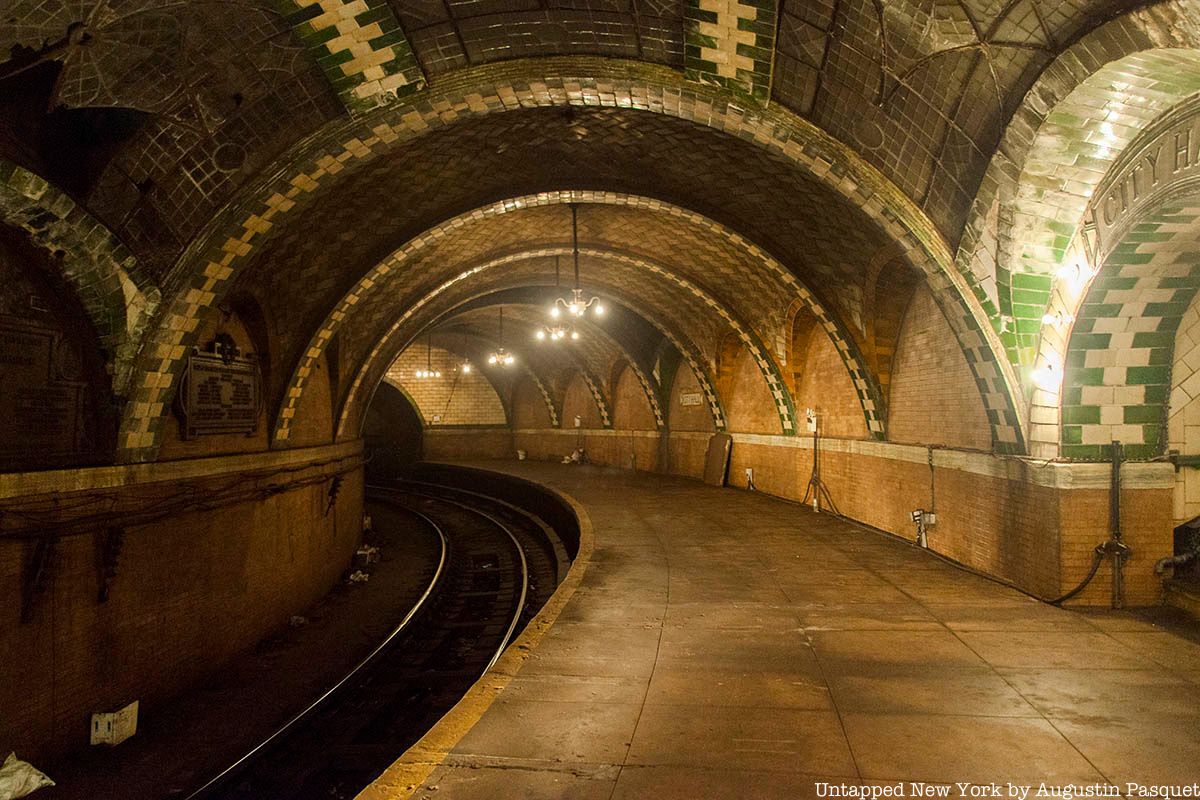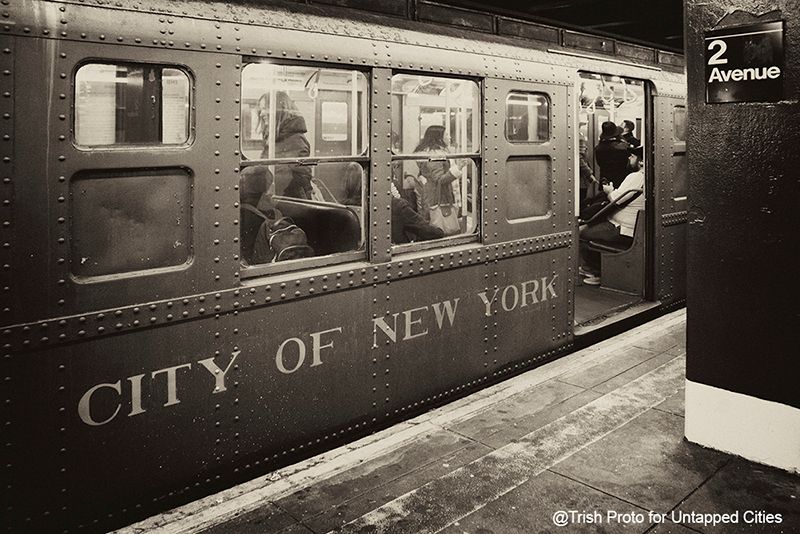How to See the Liberty Bell...in Queens
A copy of the famous American bell can be found inside a bank, which itself is modeled after Independence Hall!


When the subway first opened with much fanfare on October 27, 1904, New York became a city of underground passengers almost overnight. In his award-winning book Riding the New York Subway: The Invention of the Modern Passenger, now published by MIT Press, Stefan Höhne examines how the experiences of subway passengers in New York City were intertwined with cultural changes in urban mass society throughout the 20th century. He argues that underground transportation — which early passengers found both exhilarating and distressing — changed perceptions, interactions and the organization of everyday life. Höhne shows that throughout the course of the 20th century, New York City subway passengers struggled to navigate the system’s constraints while striving for individuality, or at least a smooth ride.

On September 23rd at 12 p.m., Höhne will give a talk on the shifting experiences of subway passengers from the system’s inception to its 1968 consolidation into the Metropolitan Transit Authority. This event is produced in partnership with 1014, a platform to explore global challenges and opportunities across the worlds of culture, ideas and society. Learn how the NYC subway system shaped its passengers into heroes, patriots, barbarians and vigilantes. Discover how NYC subway riders asserted their individuality over decades of imposing norms from authorities. Hear actual letters of complaint from subway passengers to the Transit Authority, picked from hundreds of actual correspondences. The event is free for Untapped New York Insiders (and get your first month free with code JOINUS).
Over the decades, authorities saw passengers as undisciplined masses posing a threat to order, in contrast to other perceptions of them as heroes and patriots. Höhne investigates how authorities attempted to control passenger behavior with rules and regulations in an effort to ensure efficiency in transit. Meanwhile, passengers asserted their individuality by resisting imposed norms and inventing subversive practices.

Critically engaging with the work of Michel Foucault and other theorists, Höhne maps the subway–passenger relationship from the system’s inception to its 1968 consolidation into the MTA, as the subway — once a monument to progress — became a neglected infrastructure plagued by crime and fear.
Stefan Höhne is a cultural historian of urbanization and technology at the Kulturwissenschaftliches Institut (KWI) Essen, Institute for Advanced Study in the Humanities (KWI), Germany. His work is distinctive for connecting historical studies of urban culture and infrastructure with debates on sociotechnical inclusion and accessibility.
On September 23rd at 12 p.m., Höhne will give a talk with 1014 and Untapped New York on the shifting experiences of subway passengers from the system’s inception to its 1968 consolidation into the Metropolitan Transit Authority. The event is free for Untapped New York Insiders (and get your first month free with code JOINUS).
Next, check out 8 Secrets Tunnels of Grand Central Terminal!
Subscribe to our newsletter